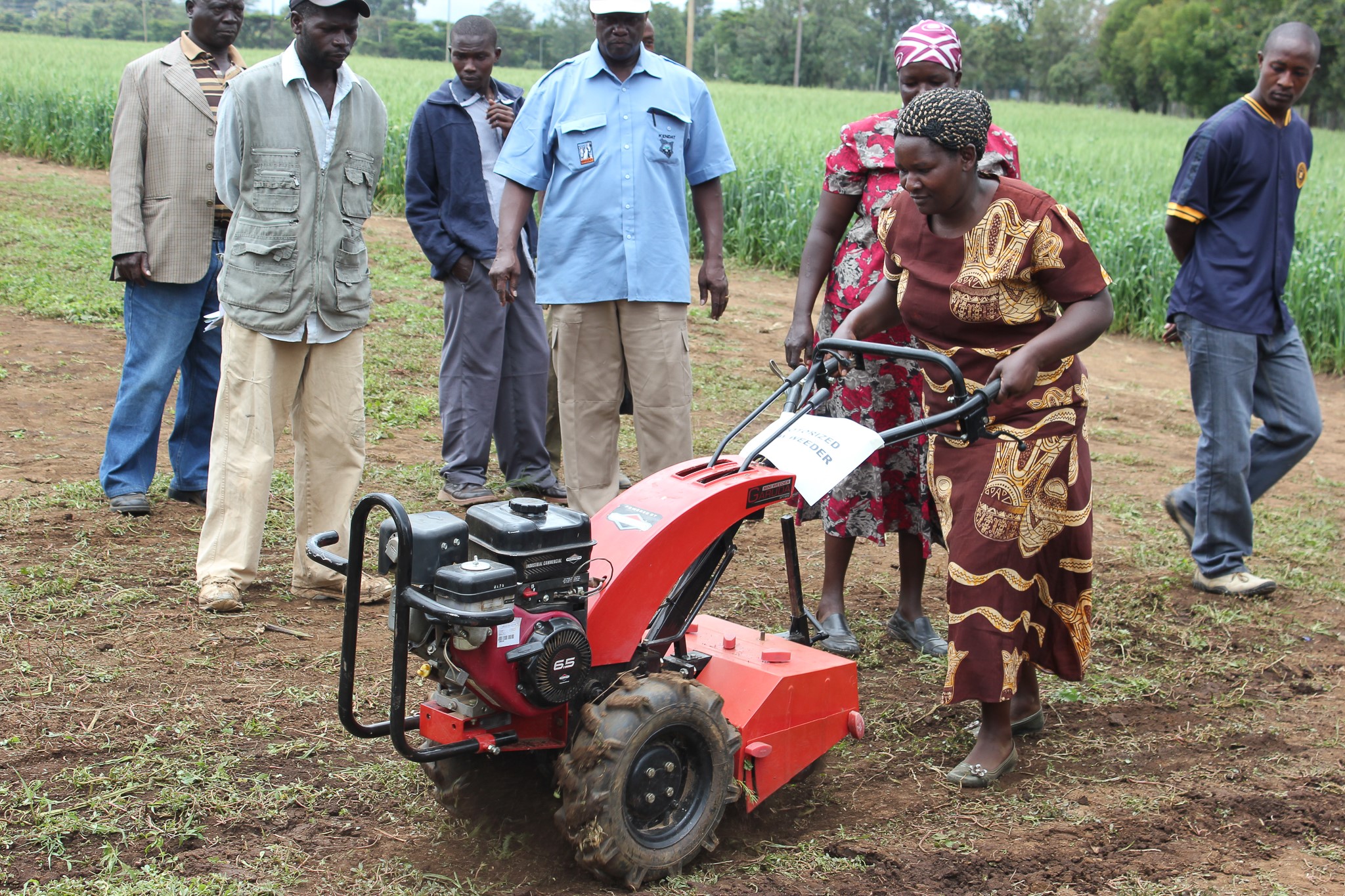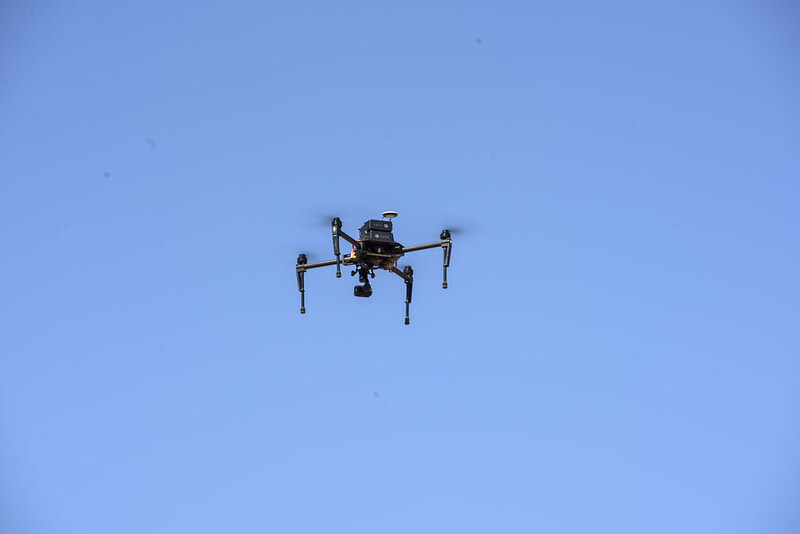Can Africa’s smallholder farmers adopt and reap the benefits of farm mechanization? The Farm Mechanization and Conservation Agriculture for Sustainable Intensification (FACASI) team set out in 2013 to test this proposition. With the project nearing closure, the International Maize and Wheat Improvement Center (CIMMYT) project leader Frédéric Baudron believes the answer is yes.
“We have demonstrated that small-scale mechanization is a pathway to sustainable intensification and rural transformation, and can have positive gender outcomes as well,” he explained.
Here are some of the key lessons learned along the way, according to the people involved.
1. Appropriate mechanization is essential
With many farms in Africa measuring no more than two hectares, FACASI focused on bringing two-wheel tractors to regions where smallholdings dominate, especially in Zimbabwe and Ethiopia. For most small farmers, conventional farm machinery is out of reach due to its size, costs, and the skills needed to operate it. The typical path to mechanization would be for farmers to consolidate their farms, which could lead to social and environmental upheaval. Instead, the FACASI team scaled-down the equipment to suit the local context.
FACASI has obtained evidence to dispel commonly held myths about farm power in smallholder farming systems,” said Eric Huttner, research program manager for crops at the Australian Centre for International Agricultural Research (ACIAR).
2. Test, develop and adapt technologies… together
From start to finish, the project tested and developed technologies in collaboration with farmers, local manufacturers, engineers, extension agents. Together, they adapted and refined small-scale machinery used in other parts of the world to accommodate the uneven fields and hard soils of African smallholder farms. This co-construction of technologies helped cultivate a stronger sense of local ownership and buy-in.
“We gained many valuable insights by continuously refining technologies in the context of efficiency, farmer preference and needs,” said Bisrat Getnet, FACASI national project coordinator in Ethiopia, and director of the Agricultural Engineering Research Department in the Ethiopian Institute of Agricultural Research (EIAR).
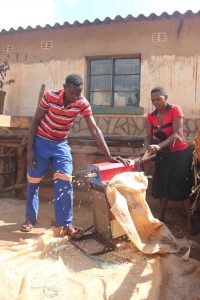
3. Make it useful
The basic two-wheel tractor is a highly flexible and adaptable technology, which can be used to mechanize a range of on-farm tasks throughout the seasons. With the right attachments, the tractor makes short work of sowing, weeding, harvesting, shelling, water pumping, threshing and transportation.
“This multi-functional feature helps to ensure the tractor is useful at all stages of the annual farming cycle, and helps make it profitable, offsetting costs,” said Raymond Nazare, FACASI national project coordinator in Zimbabwe and lecturer at the Soil and Engineering Department of the University of Zimbabwe.
4. Less pain, more profit
Reducing the unnecessary drudgery of smallholder farming can be financially rewarding and open new doors. Mechanization can save farmers the costs of hiring additional labor, and vastly reduce the time and effort of many post-harvest tasks — often done by women — such as transport, shelling and grinding. FACASI researchers demonstrated the potential for mechanization to reduce this onerous labor, allowing women to channel their time and energy into other activities.
5. New, inclusive rural business models
New technologies need reliable supply chains and affordable support services. The FACASI team supported leasing and equipment-sharing schemes, trained people to operate and maintain machinery, and encouraged individuals and groups to become service providers. These efforts often focused on giving youth and women new business opportunities.
“The project demonstrated that small mechanization can create profitable employment,” said Tirivangani Koza, of Zimbabwe’s Ministry of Lands, Agriculture, Water and Rural Resettlement.
“Women and youth are using small mechanization to grow profitable businesses,” said Alice Woodhead in Australia.
“They have advanced from dependent family members to financially independent entrepreneurs. Their new skills, such as servicing the tractors, marketing and shelling, have increased their family’s income. FACASI has also inspired community members to launch aligned businesses such as shelling services, inventing new two-wheel tractor implements for the growing customer base, or becoming artisan mechanics. In some districts, the two-wheel tractors are starting to create a cycle of innovation, business development, food diversification and sustainable economic growth,” she said.
6. Respond to farmer demands
Although the FACASI team set out to promote mechanization as a way to help farmers take up conservation agriculture techniques such as direct seeding, they opened the Pandora’s box for other beneficial uses. By the project’s end, it was clear that transport and mechanization of post-harvest tasks like shelling and threshing, had become far more popular among farmers than mechanization of crop production. This result is a sign of the team’s success in demonstrating the value of small-scale mechanization, and adapting technologies to respond to farmers’ needs.
7. Embrace new research models
Agricultural research for development has long forgotten about labour and mechanization issues; the FACASI team helped put these front and center by involving engineers, business enterprises, agriculturalists, and partners from across the supply chain.
“FACASI demonstrates an important change in how to do agricultural research to achieve meaningful impacts,” Woodhead said.
“Rather than focus only on the farm environment and on extension services, they worked from the outset with partners across the food, agriculture and manufacturing sectors, as well as with the public institutions that can sustain long-term change. The project’s results are exciting because they indicate that sustainable growth can be achieved by aligning conservation agriculture goals, institutions and a community’s business value propositions,” she explained.
What’s next?
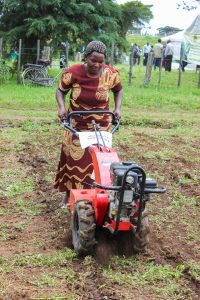
Although the project has ended, its insights and lessons will carry on.
“We have built a solid proof of concept. We know what piece of machinery works in a particular context, and have tested different delivery models to understand what works where,” explained Frédéric Baudron.
“We now need to move from piloting to scaling. This does not mean leaving all the work to development partners; research still has a big role to play in generating evidence and making sure this knowledge can be used by local manufacturers, engineers, local dealers and financial institutions,” he said.
As an international research organization, CIMMYT is strategically placed to provide critical answers to farming communities and the diversity of actors in the mechanization value chain.
A number of other organizations have taken up the mantle of change, supporting mechanization as part of their agricultural investments. This includes an initiative supported by the German Development Agency (GIZ) in Ethiopia, an IFAD-supported project to boost local wheat production in Rwanda and Zambia, and an intervention in Zimbabwe supported by the Zimbabwe Resilience Building Fund.
“ACIAR provided us generous and visionary support, at a time when very few resources were going to mechanization research in Africa,” Baudron acknowledged. “This allowed CIMMYT and its partners from the national research system and the private sector to develop unique expertise on scale-appropriate mechanization. The legacy of FACASI will be long-lived in the region,” he concluded.
Cover photo: Starwheel planter in Zimbabwe. (Photo: Jérôme Bossuet/CIMMYT)
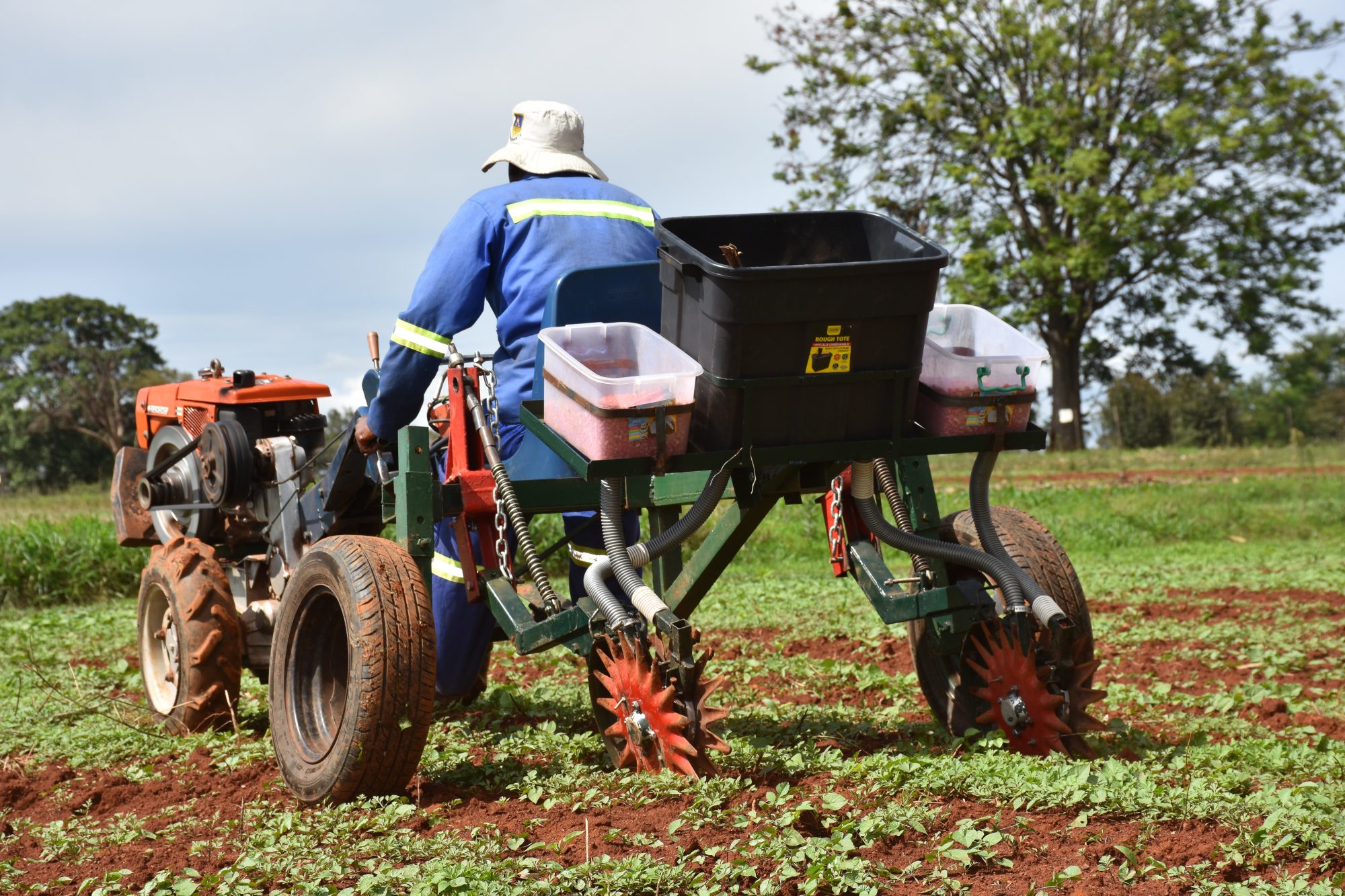
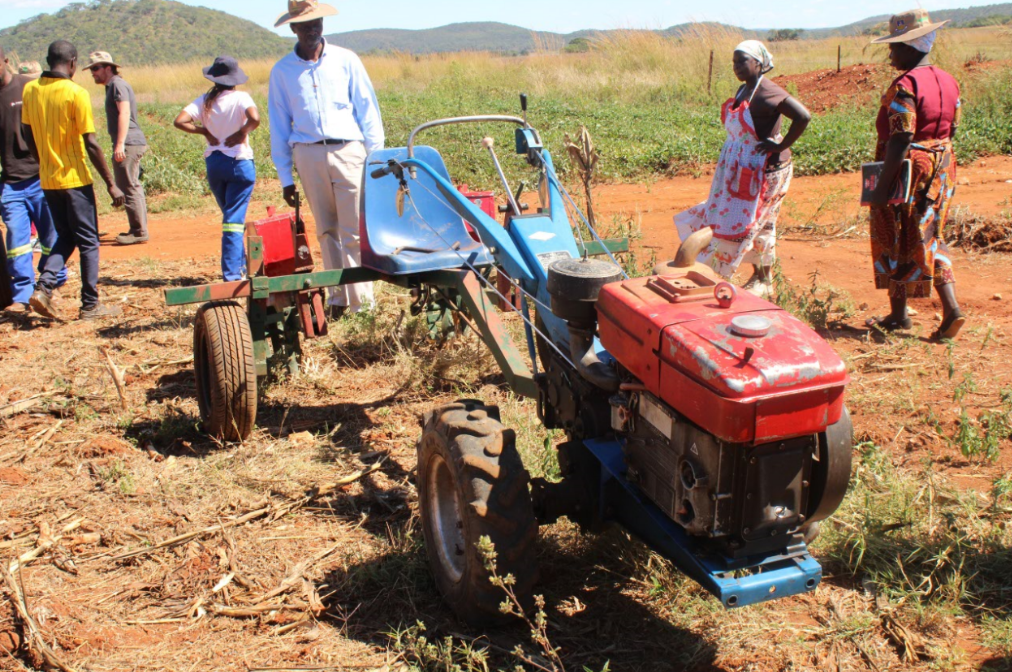
 Gender equality, youth and social inclusion
Gender equality, youth and social inclusion 